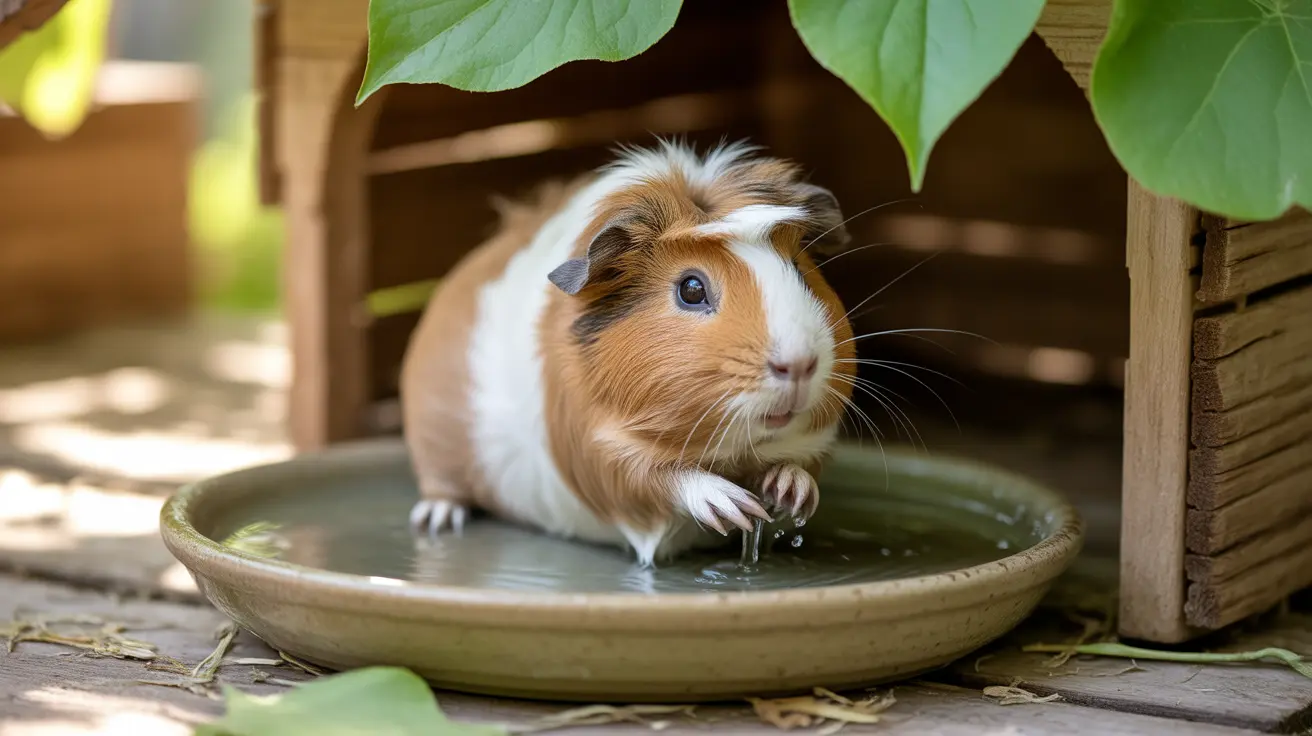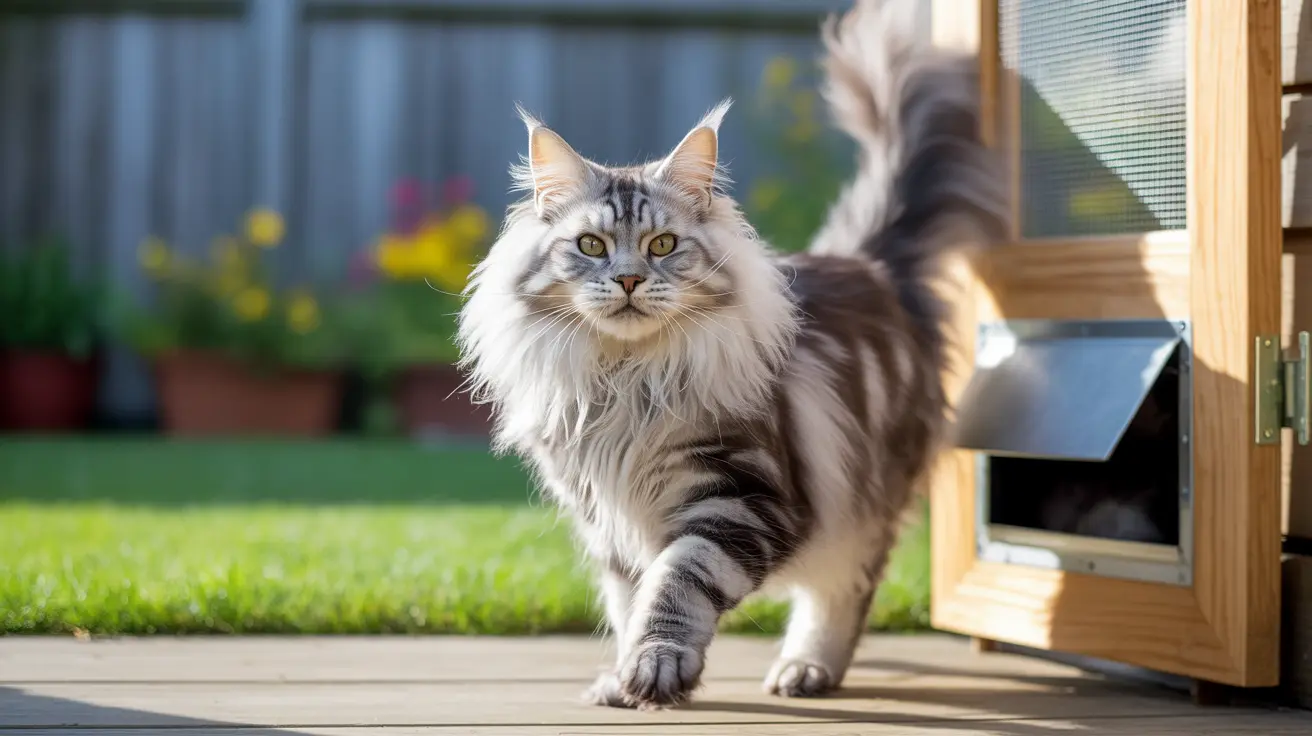Understanding the Side Effects of Solensia in Cats
Solensia (frunevetmab) is a revolutionary development in veterinary medicine, offering targeted pain relief for cats suffering from osteoarthritis. Approved by the FDA in 2022, it is the first monoclonal antibody therapy designed specifically for managing osteoarthritis-related pain in felines. While the treatment has shown promising effectiveness, it's crucial for pet owners to be aware of its potential side effects.
How Solensia Works
Solensia’s active ingredient, frunevetmab, is a lab-engineered monoclonal antibody that targets nerve growth factor (NGF), a key player in pain perception. By inhibiting NGF, Solensia disrupts the transmission of pain signals, leading to improved mobility and comfort in arthritic cats. Administered via a monthly subcutaneous injection by a veterinary professional, this therapy marks a significant shift from traditional pain treatments like NSAIDs, which have high risks for cats.
Common Side Effects of Solensia
Though Solensia is generally well-tolerated, it may cause mild to moderate side effects. Clinical trials and real-world use have identified several reactions:
- Vomiting: Mild and usually transient; it often resolves without intervention.
- Diarrhea: Occasionally observed and typically mild in nature.
- Injection Site Reactions: This includes scabbing, swelling, or localized discomfort.
- Skin Irritation: Some cats may experience itchy or irritated skin following the injection.
Rare but Serious Reactions
While rare, severe allergic reactions can happen. These include:
- Anaphylaxis: A potentially life-threatening reaction characterized by facial swelling, difficulty breathing, or collapse. Immediate veterinary care is essential.
- Immune Sensitivity: Cats with hypersensitivity to frunevetmab should not receive the treatment again once a reaction is observed.
Cats That Should Not Receive Solensia
Solensia is not recommended for all felines. Exclusions include:
- Pregnant or lactating cats: The safety in these situations hasn’t been studied.
- Cats under 12 months of age or under 5.5 lbs in weight: Lack of safety data restricts its use in these populations.
- Allergy to frunevetmab: Known allergic cats must avoid further administration.
Veterinary Oversight is Essential
Since Solensia must be administered monthly by a veterinary professional, it ensures that any reaction can be quickly identified and addressed. Vets determine the right dosage based on the cat’s weight and monitor for any adverse effects over time.
Monitoring After Injection
Owners should observe their cat for 24 hours following each injection. Signs to watch for include:
- Swelling around the face or throat
- Increased scratching or skin redness
- Vomiting or diarrhea
- Lethargy or behavioral changes
If any of these symptoms appear, consult your veterinarian immediately.
The Bigger Picture: Weighing Benefits vs. Risks
Despite the possibility of side effects, over 75% of cats in clinical studies showed noticeable improvements in pain levels and mobility. For most felines, the mild side effects are manageable and far outweighed by the benefits of improved comfort and activity levels.
Additional Care Tips for Arthritic Cats
Solensia is most effective when paired with supportive care, including:
- Maintaining a healthy weight to reduce joint strain
- Using joint supplements such as glucosamine or omega-3 fatty acids
- Adapting living spaces with ramps, soft bedding, and easy access to essentials
- Consistent monitoring and veterinary follow-ups
Conclusion
Solensia represents a major advancement in the management of feline osteoarthritis. While it is not without side effects, most are mild and temporary. Understanding these risks and maintaining open communication with your veterinarian can ensure the treatment’s success. As with any medical decision, evaluating the individual needs and health status of your pet is key to making Solensia a safe and effective part of their wellness plan.





